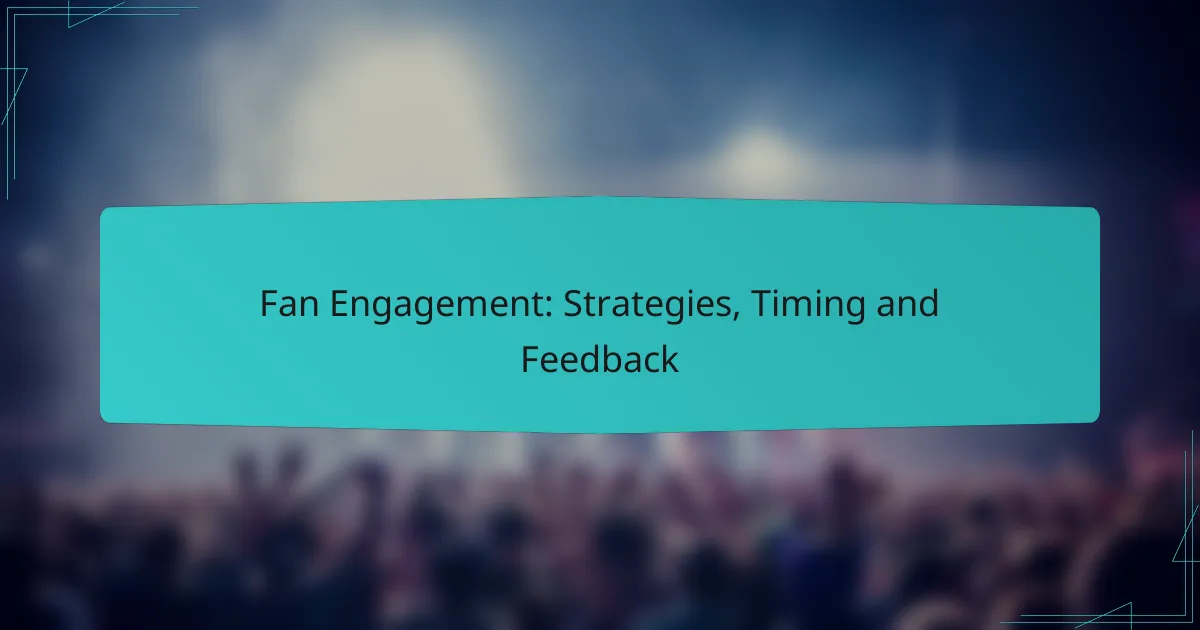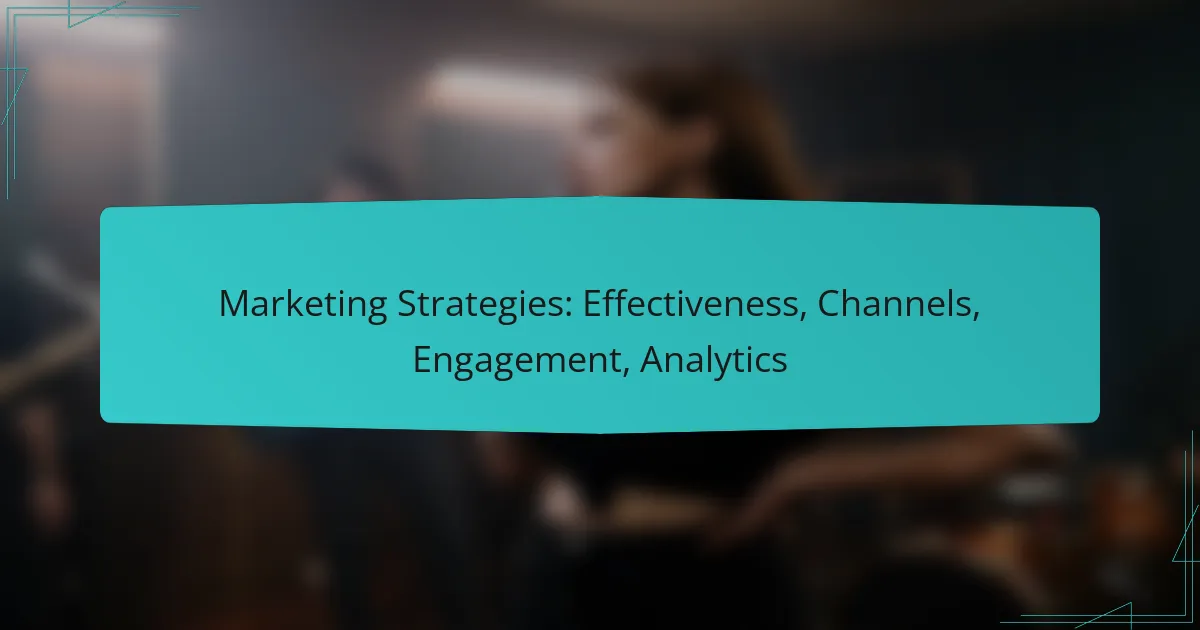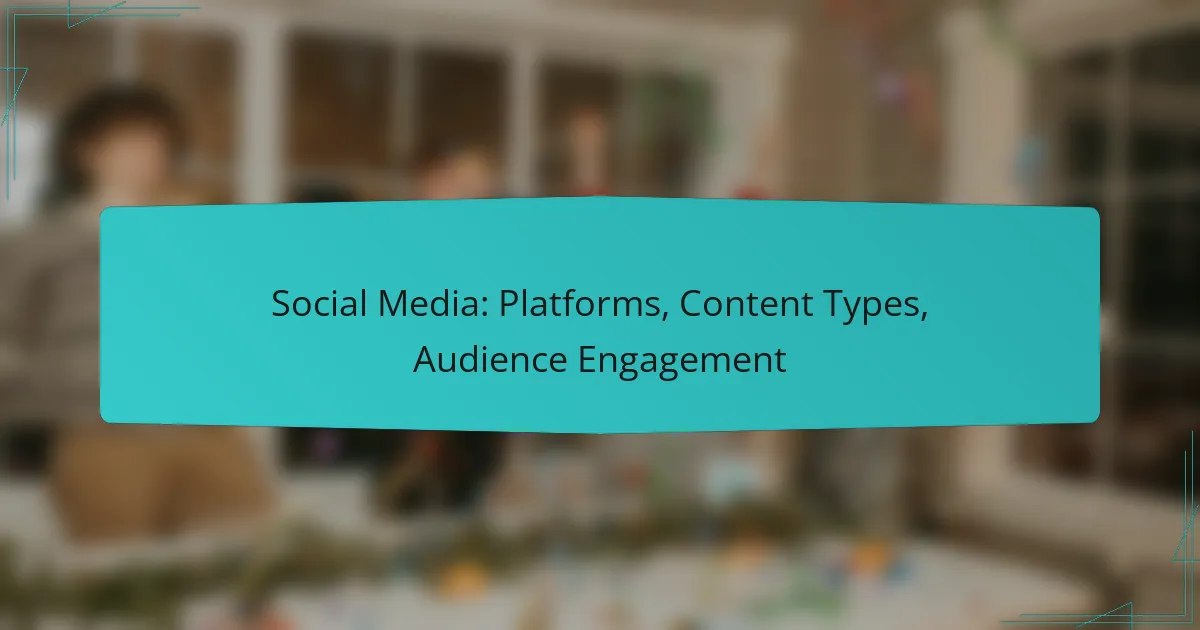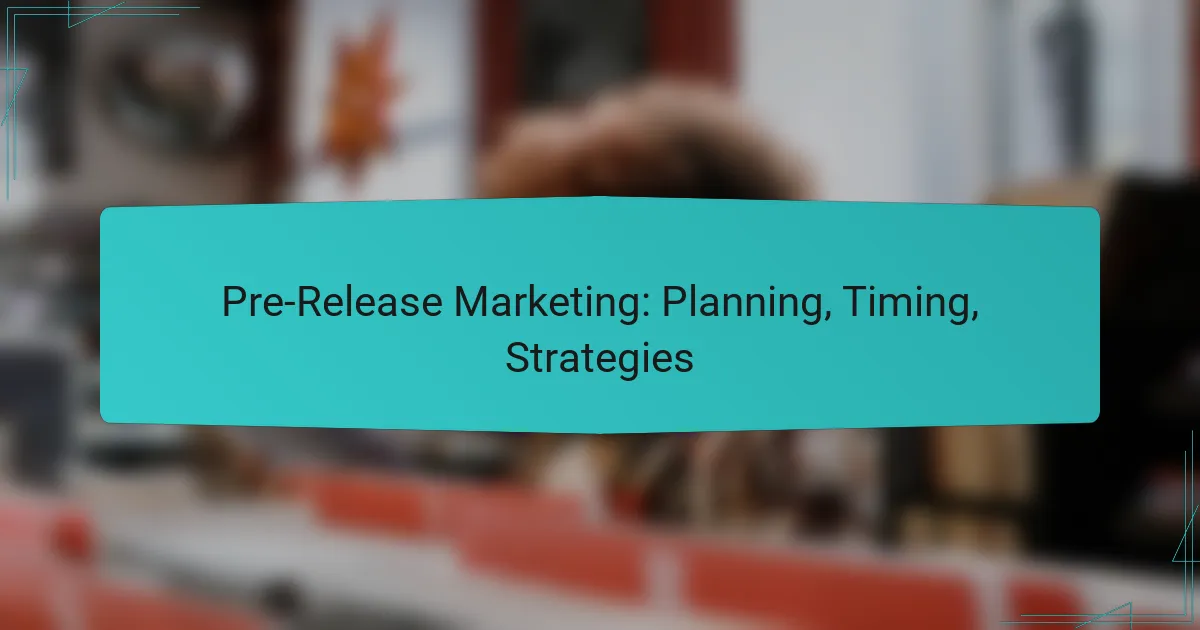Fan engagement is crucial for fostering loyalty and community among supporters, and effective strategies focus on creating interactive and personalized experiences. Timing plays a significant role, with key moments such as major events and seasonal promotions offering prime opportunities for connection. Additionally, actively seeking and implementing feedback allows organizations to tailor their interactions, enhancing overall fan satisfaction and involvement.
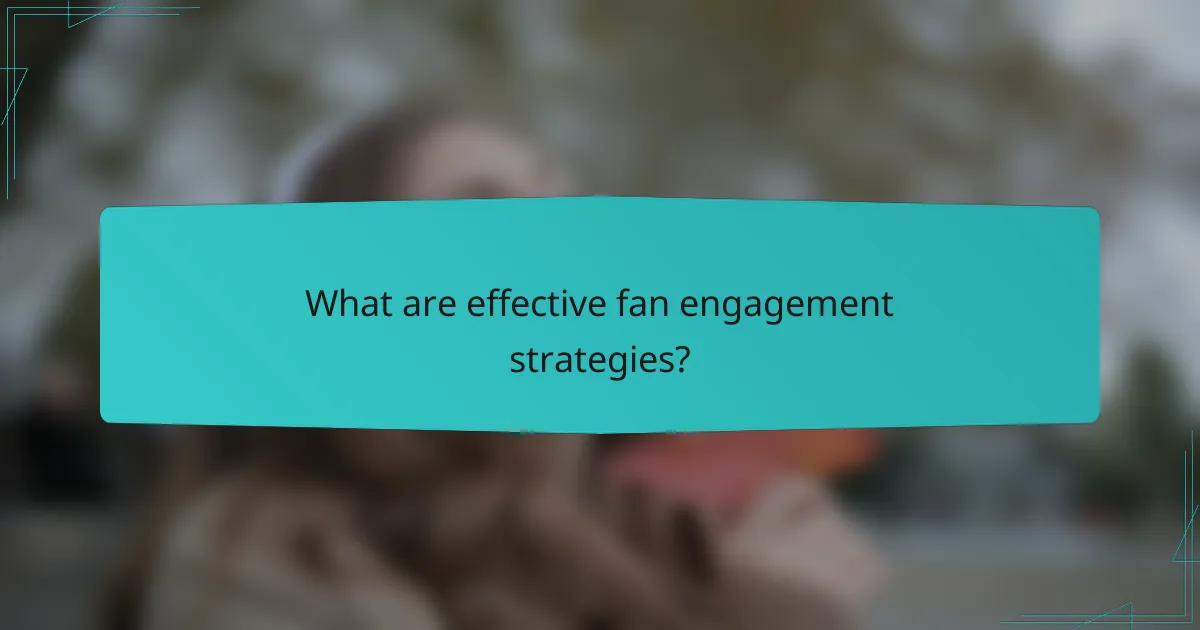
What are effective fan engagement strategies?
Effective fan engagement strategies focus on building strong relationships with fans through interactive and personalized experiences. These strategies leverage various platforms and methods to create meaningful connections that enhance loyalty and community involvement.
Social media interaction
Social media interaction is crucial for engaging fans in real-time conversations. Platforms like Twitter, Instagram, and Facebook allow organizations to share updates, respond to comments, and create polls or Q&A sessions that invite fan participation.
To maximize engagement, post consistently and use engaging visuals or videos. Monitor trends and fan feedback to tailor content that resonates with your audience, ensuring a dynamic and responsive online presence.
Live events and meet-ups
Live events and meet-ups provide fans with unique opportunities to connect with their favorite teams or personalities. These gatherings can range from large-scale events like conventions to smaller, localized meet-and-greets.
Consider hosting events that include interactive elements, such as Q&A sessions, autograph signings, or behind-the-scenes tours. Offering exclusive merchandise or experiences at these events can further enhance fan involvement and satisfaction.
Exclusive content access
Providing exclusive content access is a powerful way to reward dedicated fans. This can include behind-the-scenes videos, early access to new releases, or special interviews that are not available to the general public.
Utilize platforms like Patreon or subscription services to monetize exclusive content while fostering a sense of belonging among fans. Ensure that the content is high-quality and relevant to maintain interest and engagement.
Gamification elements
Incorporating gamification elements into fan engagement strategies can significantly enhance participation and excitement. This might involve creating contests, challenges, or loyalty programs that reward fans for their involvement.
Consider using points systems where fans earn rewards for attending events, sharing content, or engaging on social media. This approach not only boosts engagement but also fosters a competitive spirit among fans, encouraging them to participate more actively.
Email marketing campaigns
Email marketing campaigns are an effective way to keep fans informed and engaged. Regular newsletters can provide updates on events, exclusive offers, and personalized content tailored to fan interests.
Segment your email list based on fan preferences to deliver relevant information. Use engaging subject lines and clear calls to action to encourage opens and clicks, ensuring that your emails are not only informative but also compelling.

When is the best timing for fan engagement?
The best timing for fan engagement revolves around key moments when fans are most receptive and excited. This includes major events, seasonal promotions, and post-event follow-ups, each offering unique opportunities to connect and strengthen relationships with your audience.
During major events
Major events, such as games, tournaments, or concerts, provide prime opportunities for fan engagement. During these times, fans are highly invested and eager to interact, making it essential to leverage social media, live chats, and interactive content to enhance their experience.
Consider using real-time polls, Q&A sessions, or live updates to keep fans engaged. For example, during a sports game, you might share behind-the-scenes content or host a live discussion to encourage participation.
Seasonal promotions
Seasonal promotions, such as holiday sales or special events, are excellent for engaging fans with targeted campaigns. These promotions can create excitement and urgency, prompting fans to participate in contests, giveaways, or exclusive offers.
Utilize email marketing and social media to announce these promotions, ensuring your messaging aligns with the season. For instance, a summer sale might feature themed merchandise or experiences that resonate with fans during that time of year.
Post-event follow-ups
Post-event follow-ups are crucial for maintaining engagement after major events. This is the time to gather feedback, share highlights, and thank fans for their participation, which can foster loyalty and encourage future interactions.
Consider sending personalized emails or surveys to gather insights on their experiences. You might also share a recap video or blog post showcasing the event’s best moments, inviting fans to relive the excitement and stay connected.
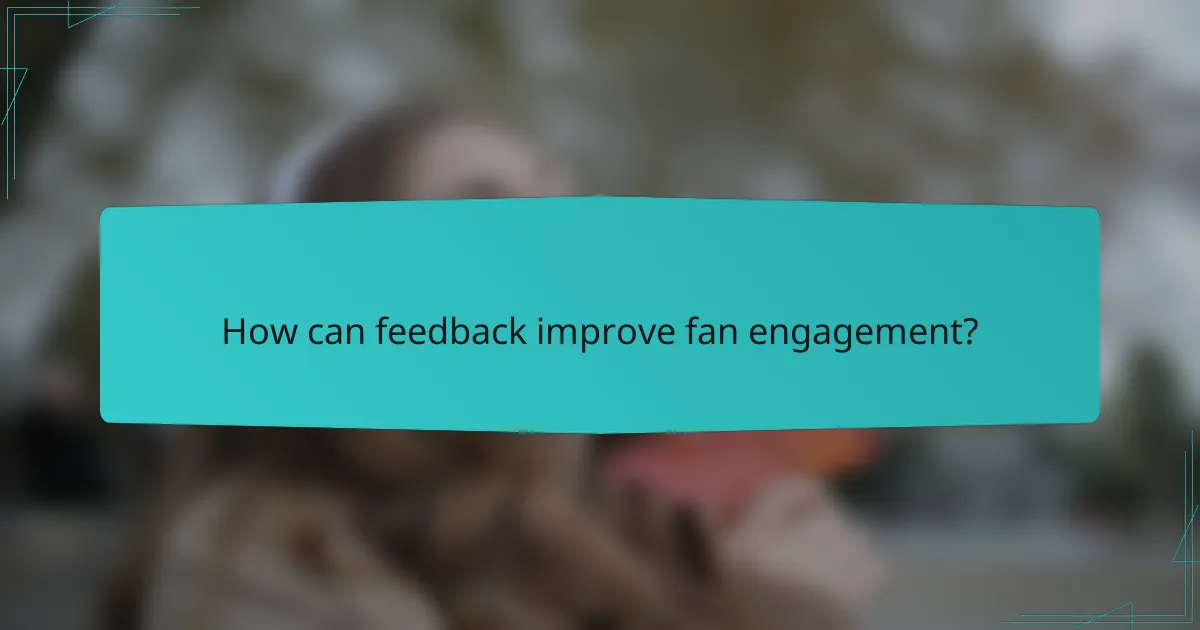
How can feedback improve fan engagement?
Feedback is essential for enhancing fan engagement as it provides insights into fan preferences and experiences. By actively seeking and implementing feedback, organizations can create more tailored and satisfying interactions with their audience.
Surveys and polls
Surveys and polls are effective tools for gathering fan feedback on various aspects, such as events, merchandise, and overall satisfaction. They can be distributed through email, social media, or directly on websites, allowing fans to share their opinions conveniently.
To maximize response rates, keep surveys concise and focused, ideally taking no more than 5-10 minutes to complete. Offering incentives, like discounts or exclusive content, can also encourage participation.
Social media listening
Social media listening involves monitoring online conversations about your brand or events to gauge fan sentiment and preferences. This strategy helps identify trends, emerging issues, and areas for improvement based on real-time feedback.
Utilize tools that track mentions, hashtags, and engagement metrics across platforms like Twitter, Facebook, and Instagram. Regularly analyzing this data can inform content strategies and enhance fan interactions.
Focus groups
Focus groups provide a more in-depth understanding of fan perspectives by facilitating discussions among a selected group of fans. This qualitative approach allows for nuanced feedback and can uncover insights that surveys might miss.
When organizing focus groups, ensure a diverse representation of your fan base to capture a wide range of opinions. Prepare open-ended questions to encourage dialogue and consider recording sessions for later analysis.
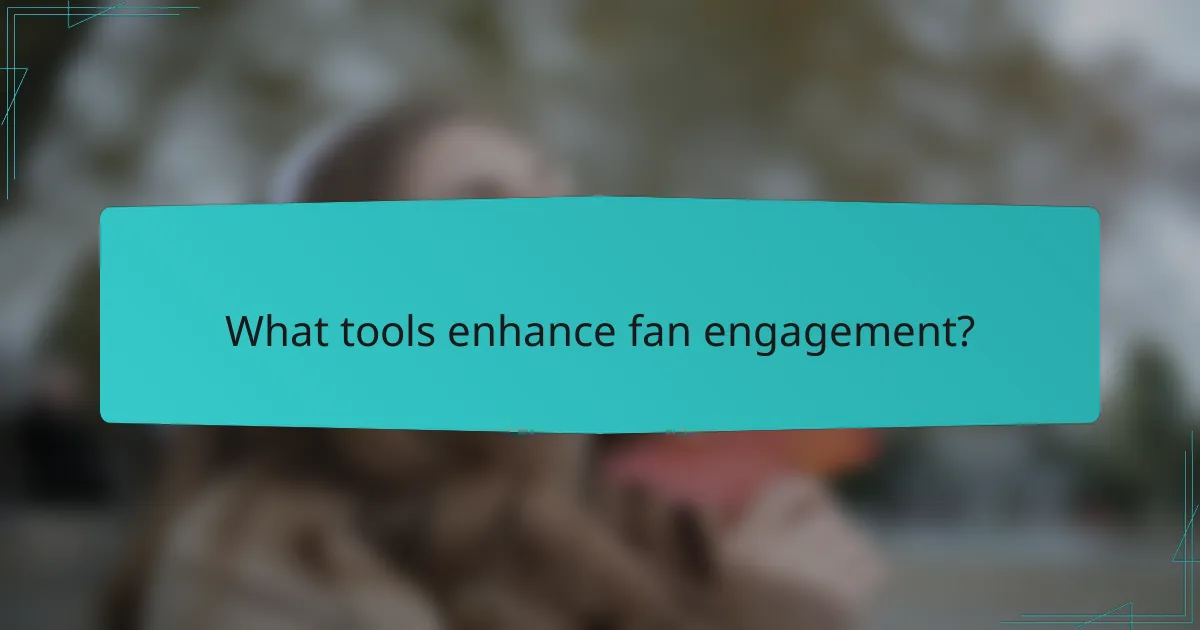
What tools enhance fan engagement?
Tools that enhance fan engagement include platforms designed for interaction, analytics software for performance tracking, and content management systems for streamlined content delivery. These tools collectively help organizations foster a deeper connection with their audience.
Fan engagement platforms
Fan engagement platforms are specialized tools that facilitate direct interaction between fans and organizations. They often include features like live chat, polls, and social media integration, allowing fans to participate in real-time discussions and events.
When selecting a fan engagement platform, consider factors such as user interface, integration capabilities, and scalability. Popular options include platforms like Discord for community building and Slido for interactive Q&A sessions during events.
Analytics software
Analytics software plays a crucial role in measuring the effectiveness of fan engagement strategies. These tools track user behavior, engagement metrics, and demographic data, providing insights into what resonates with the audience.
Look for analytics solutions that offer customizable dashboards and real-time reporting. Google Analytics and social media insights are commonly used to gauge engagement levels and adjust strategies accordingly.
Content management systems
Content management systems (CMS) are essential for creating, managing, and distributing content to fans. A robust CMS allows organizations to publish articles, videos, and updates efficiently while ensuring consistent branding and messaging.
When choosing a CMS, prioritize ease of use, flexibility, and support for multimedia content. Popular options include WordPress for blogs and Drupal for more complex sites. Ensure the CMS integrates well with your fan engagement platforms for seamless content delivery.

What are the key metrics for measuring fan engagement?
Key metrics for measuring fan engagement include social media interactions, attendance figures, and content consumption rates. These metrics provide insights into how fans connect with teams, events, or brands, helping to shape future strategies.
Social Media Engagement
Social media engagement reflects how fans interact with content on platforms like Twitter, Facebook, and Instagram. Metrics such as likes, shares, comments, and follower growth are crucial indicators of fan interest and loyalty. A high engagement rate often suggests that fans feel a connection to the brand or team.
To effectively measure social media engagement, track metrics over time and compare them against industry benchmarks. For instance, an engagement rate of 1-3% is generally considered average, while anything above 3% is often seen as strong.
Attendance and Participation
Attendance figures at events, games, or matches are a direct measure of fan engagement. High attendance not only indicates interest but also contributes to revenue through ticket sales. Tracking attendance trends can help identify peak times and popular events.
Consider factors such as seasonality and local events that may affect attendance. For example, a sports team might see higher attendance during playoff seasons compared to regular games. Analyzing these patterns can inform scheduling and promotional strategies.
Content Consumption
Content consumption metrics include views, downloads, and time spent on various media, such as articles, videos, or podcasts. These metrics help gauge how well content resonates with fans and can guide future content creation efforts. For instance, a podcast episode with high listen rates indicates strong interest in that topic.
To enhance content consumption, focus on quality and relevance. Regularly review analytics to identify which topics or formats perform best, allowing for adjustments that align with fan preferences. Aim for consistent updates to keep fans engaged and returning for more.
